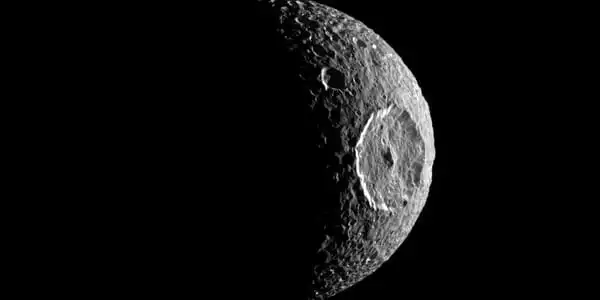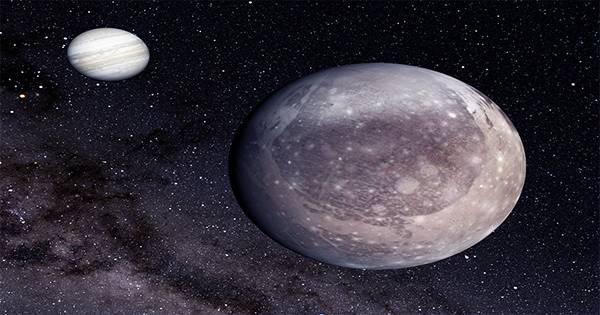Lightning, a failure to pressurize the mobile launcher, and now a clogged valve In the last several days, the wet rehearsal of NASA’s enormous Moon rocket, the Space Launch System (SLS), which will launch Artemis I, has run into various issues. Due to the aforementioned lightning and other factors, a test launch that was initially scheduled for April 2 was moved to April 4. However, it was scrubbed once again when NASA’s second attempt to fuel the rocket was halted by a jammed valve. When the next effort will be made is currently unknown.
While a smooth sailing rehearsal would be ideal, the purpose of this practice run is to figure out exactly what will happen and have a remedy for any problems that may develop. This rocket launch mechanism has a lot riding on it, therefore any hitches must be ironed out soon. A “wet rehearsal” is a test that is carried out as a scrub, or an aborted launch, with the countdown clocking down to only 10 seconds before lift-off. The rocket, which will receive about 3.2 million liters (700,000 gallons) of cryogenic propellant and will be tested as if it were about to launch, will weigh a massive 2.6 million kilograms (5.75 million pounds) when fully loaded.

This will ensure that everything is in order for the official debut in May. The team was able to fill the rocket’s tank with liquid oxygen up to 50% during the wet rehearsal on April 4. The space agency had to cancel the test due to a jammed vent valve approximately 50 meters up the mobile launcher structure that supports the massive rocket, according to authorities.
“The crews ran into a difficulty with a panel on the mobile launcher that controls the core stage vent valve during the chilldown of the lines in preparation for loading the liquid hydrogen. The vent valve’s function is to alleviate pressure from the core stage during tanking, according to the Artemis I team’s blog post. “Given the limited time to remedy the issue as teams neared the conclusion of their shifts, the launch director decided to call a day’s end to the test.”
The next stage will be for a team to analyze the problem on the launch pad and determine the best course of action for resolving it. The first in a series of missions that will return people to the Moon is Artemis I. It will launch in May and will be an uncrewed mission that will last just over a month, testing critical technology for human deep space travel.















